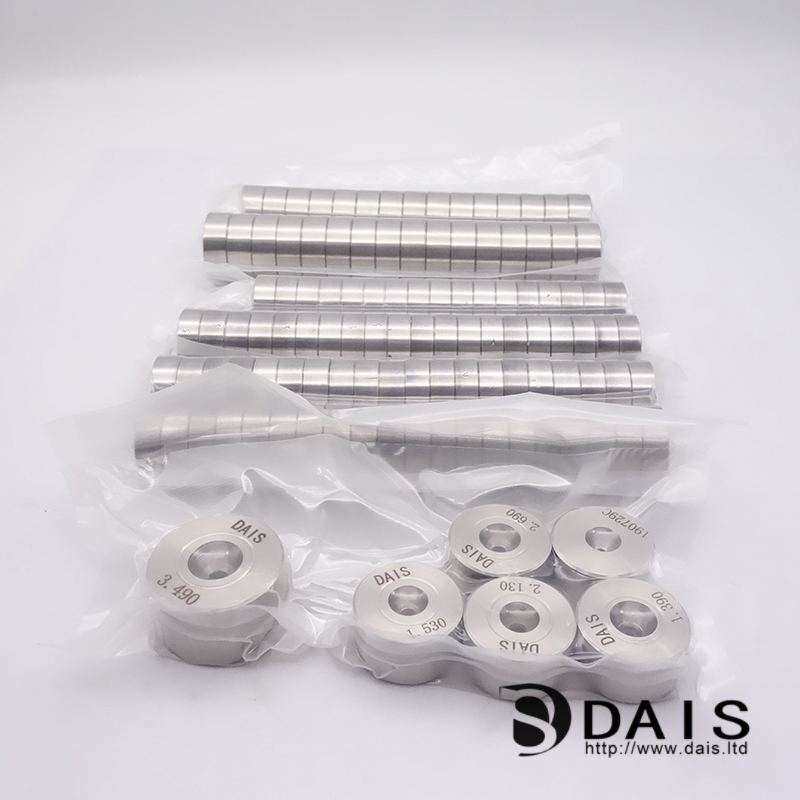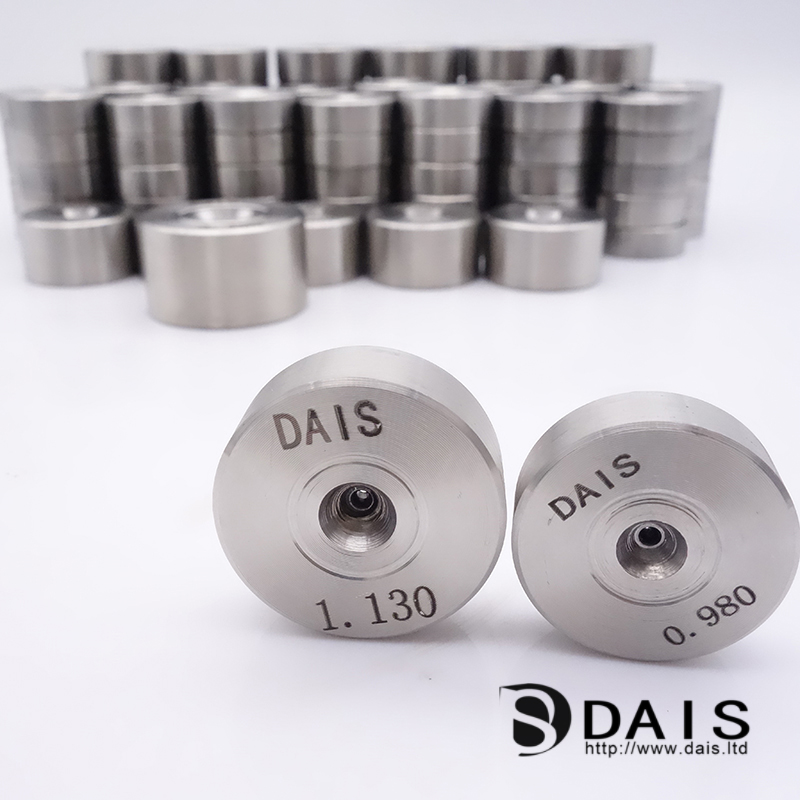Search

ADD:Building 123, Phase 3, Enterprise Base, No. 1 Lianhua Street, High-tech Industrial Development Zone, Zhengzhou, Henan, China
MOB.: +86-15517518512
MOB.: +86-15515520695
E-MAIL: admin@dais.ltd


 After installation and debugging, the drawing die can normally produce qualified workpieces. This process is called the service of the die. In general, we always hope that the mold can have a long enough service period to meet the actual needs of production.
After installation and debugging, the drawing die can normally produce qualified workpieces. This process is called the service of the die. In general, we always hope that the mold can have a long enough service period to meet the actual needs of production.
However, some defects may occur in the mold during the manufacturing process, or some defects gradually appear in the service process, such as micro-cracks, mild wear, deformation, etc., under this condition, the mold may continue to work despite the hidden dangers This state of being defective but not losing service ability is called damage to the mold.
The drawing die is damaged for some reason, or the damage of the die has accumulated to a certain extent, causing the die to be damaged and unable to continue service. This is called the failure of the die. In production, when the main working parts of the mold are damaged and the qualified workpiece cannot be stamped out, the mold is considered to be invalid. The failure modes of stamping dies are generally plastic deformation, wear, fracture or cracking, metal fatigue and corrosion, etc.
The failure of the drawing die can be roughly divided into two categories according to the time of occurrence: normal failure and early failure.
After a large amount of production and use, the wire drawing die wears naturally due to friction or slowly produces plastic deformation and fatigue cracks. Failure to reach the normal service life is a normal phenomenon and is a normal failure. If the mold does not reach the prescribed time limit, it will cause early damage such as chipping, chipping, and breaking; or it will fail to continue service due to severe local wear and plastic deformation, which is an early failure. For the early failure of the mold, you must find the cause of it and try to take remedial measures.